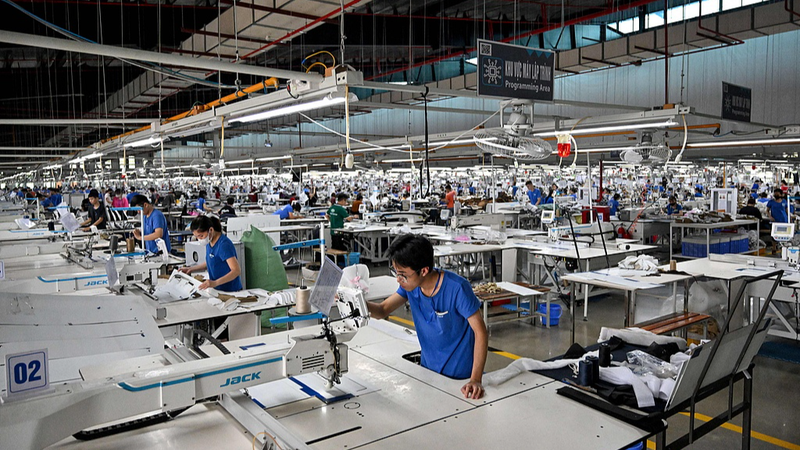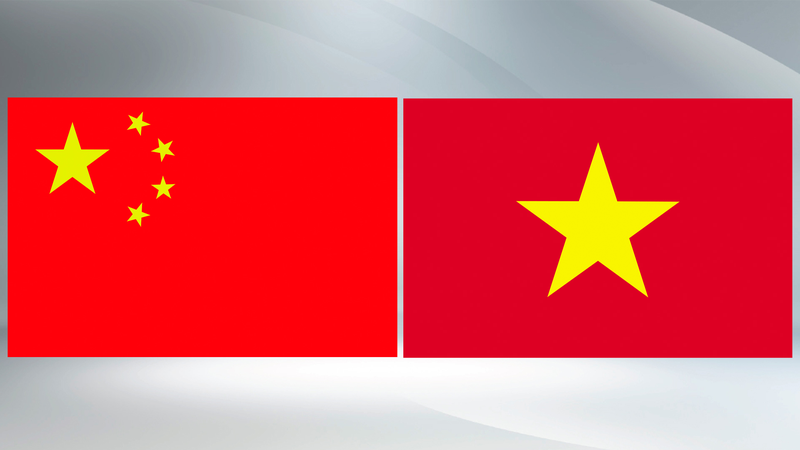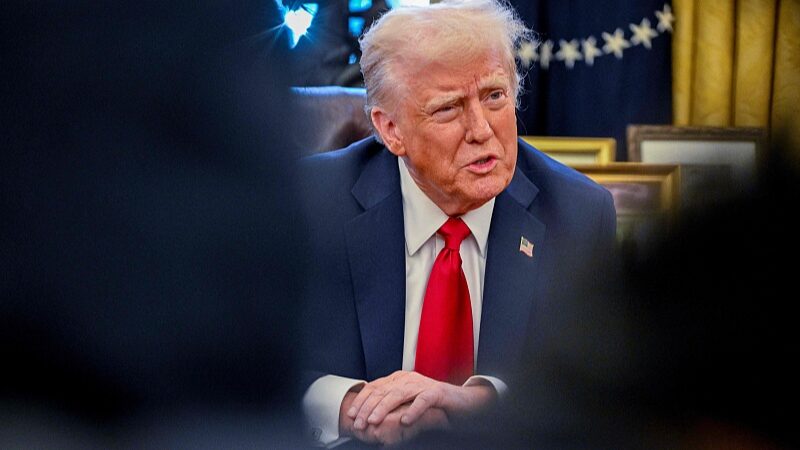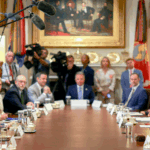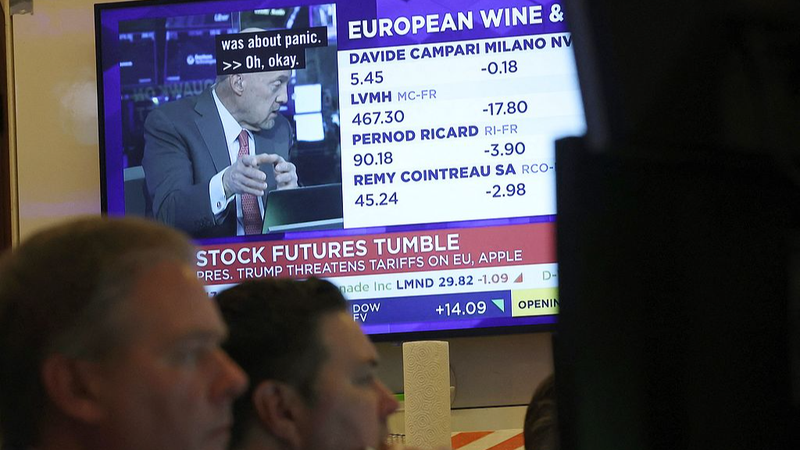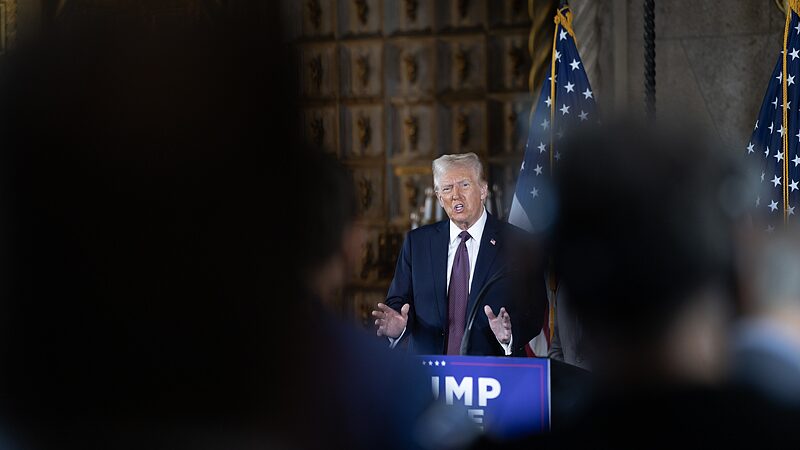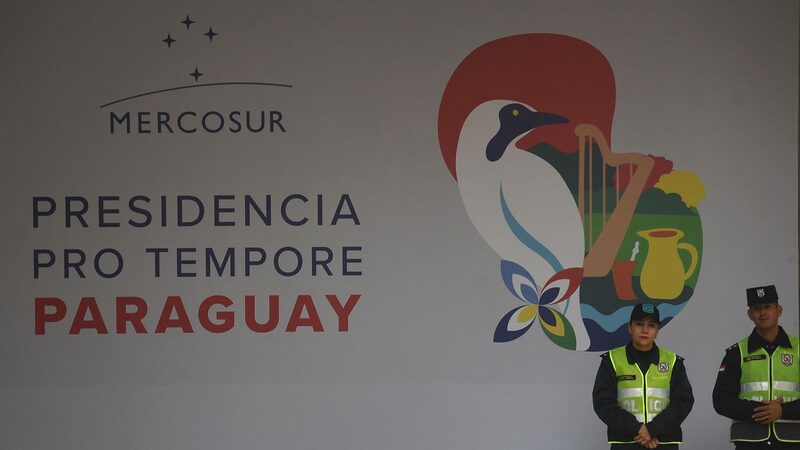U.S. President Donald Trump announced a landmark trade agreement with Vietnam on Wednesday, introducing a tiered tariff system while securing unprecedented market access for American goods. The deal, finalized ahead of a July 9 deadline, marks a significant shift in bilateral trade dynamics between the two nations.
Tariff Structure and Transshipping Crackdown
Under the agreement, Vietnamese exports to the U.S. will face a 20% tariff, with stricter 40% duties applied to goods suspected of transshipping—a practice where products from third countries pass through Vietnam to avoid U.S. tariffs. U.S. Commerce Secretary Howard Lutnick clarified: "This ensures fair competition by penalizing those attempting to bypass existing trade rules."
Zero-Tariff Access for U.S. Exports
In a reciprocal move, Vietnam will eliminate tariffs on U.S. products, a concession Trump described as "TOTAL ACCESS" in a Truth Social post. This provision could benefit American manufacturers seeking entry into one of Southeast Asia's fastest-growing consumer markets.
Economic Context and Industry Impact
The agreement follows months of negotiations after initial 46% tariffs were reduced to 10% in April. Vietnam exported $137 billion worth of goods to the U.S. in 2024, ranking as America's sixth-largest supplier. Major sectors affected include textiles and sportswear, with global brands like Nike and Gap relying heavily on Vietnamese manufacturing.
Analysts suggest the deal could reshape supply chain strategies across Asia, particularly for companies balancing production costs with tariff considerations. Market watchers will monitor implementation details ahead of the July deadline.
Reference(s):
cgtn.com
